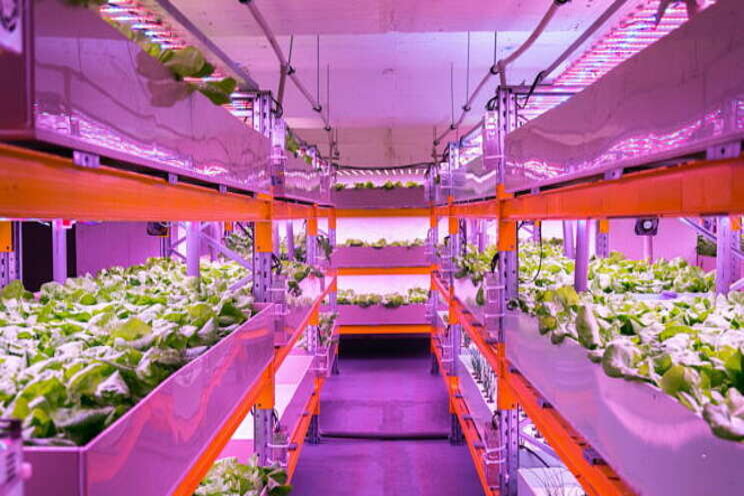E. coli contamination in aquaponics systems
Added on 26 April 2020

Three years of other research about deadly E. coli O157:H7 have left many wondering if there might be safer ways to grow romaine lettuce other than open fields in California and Arizona.
But, the Purdue University study found there are also risks of pathogen contamination in fresh produce grown in aquaponic and hydroponic systems.
Shiga toxin-producing E. coli or STEC "was found in fish feces, the recirculating water and on the plant root surfaces in both aquaponic and hydroponic systems," the Purdue study says.
"Importantly, the bacteria did not internalize in the roots or the edible parts of the plants regardless of the production system."
The trio of authors are from two Purdue University departments. Researchers Yi-Ju Wang and Hye-Ji Kim are in Purdue's Department of Horticulture and Landscape Architecture, and Amanda J. Deering is with the Department of Food Science.
When plants are grown in nutrient-rich water, it's called hydroponics. When raising aquatic animals are added to the mix, it's called aquaponics
"Fish feces were considered the major source of the pathogenic bacteria in the aquaponic systems, possibly due to the introduction of contaminated fish," authors of the study said. "Therefore, it is essential to follow proper handling, cleaning, and sanitizing practices to minimize the risk of contamination of fresh fruit and vegetables grown in an aquaponic system."
Food safety, according to the researchers, has become an important issue in fresh produce production because of various bacterial pathogens getting into the growing environment.
"Nearly 48 percent of foodborne outbreaks are linked to the consumption of fresh fruits and vegetables," the journal Horticulturae reports. "The apparent number of outbreaks associated with Escherichia coli O157:H7, Listeria monocytogenes, and Salmonella have increased in recent years largely due to improved detection methods and traceback procedures following an outbreak."
The article cites data from the federal Centers for Disease Contol and Prevention in Atlanta that found fruits and vegetables being among the top five sources of pathogen-related outbreaks.
"Fruits and vegetables grown in the field are typically at greater risk of contamination because of increased exposure to contamination sources, such as through manure applications, wildlife activities, and polluted irrigation water," researchers said.
Bacterial pathogens can survive for a prolonged period in animal feces and "may survive as a potential inoculum onto plants," they added.
Three aquaponic and three hydroponic systems were built in a greenhouse in West Lafayette, for purposes of the study. Reverse osmosis water was used to fill all six systems.
Three crops were grown in the systems — lettuce, basil, and tomatoes. The experiments were conducted from December 2017 to February 2018 and leaf and root samples were collected along with water samples.
"We tested the presence of STECs in fish feces in the aquaponics and aquaculture systems and found STECs in fish feces and the water regardless of the system," the Purdue researchers reported.
They said their study "suggests that there is a potential risk associated with aquaponic produce even when the solutions are directly applied to the roots due to water contamination."
Another finding was that human activities can increase the risk of contamination.
Source and Photo Courtesy of Food Safety News
Source: Food Safety News
More news















